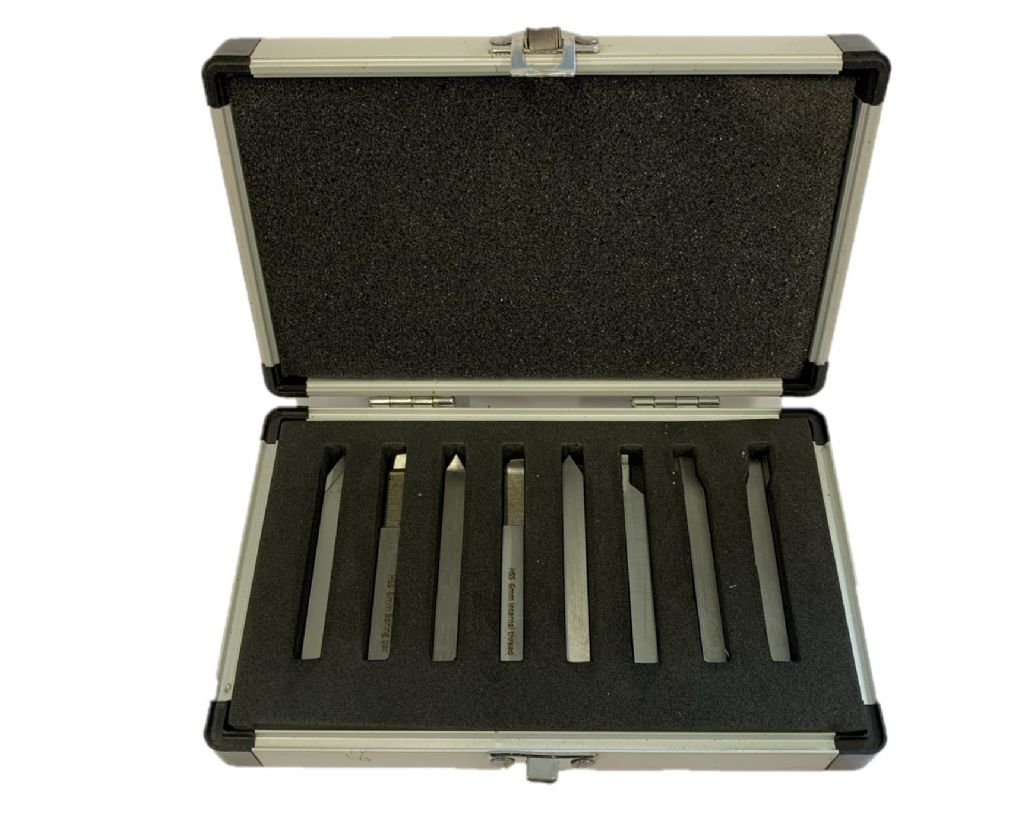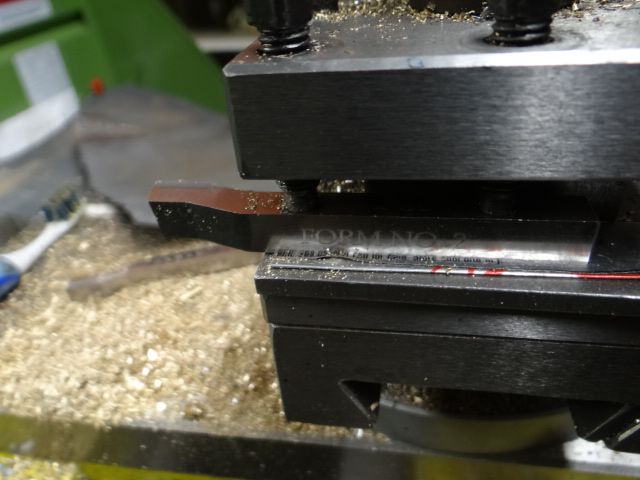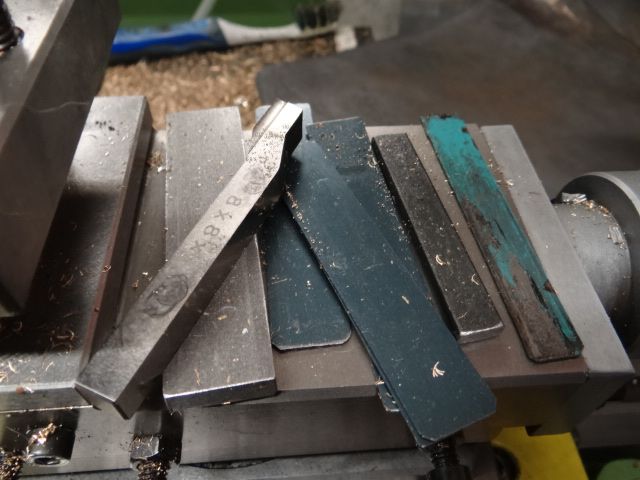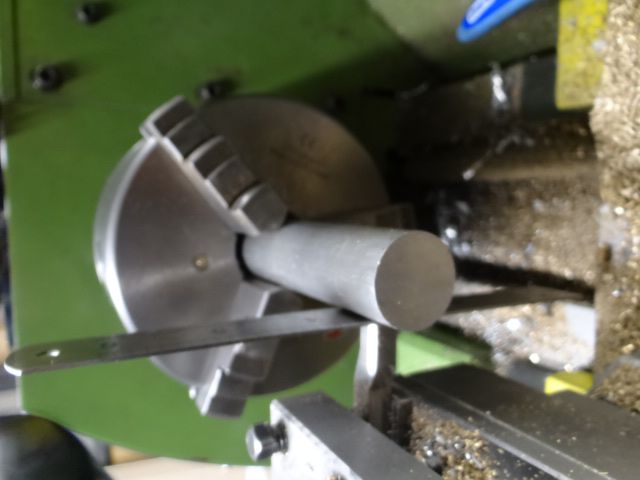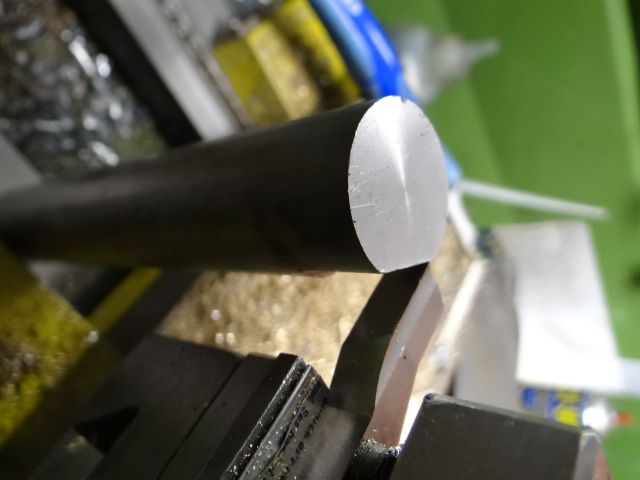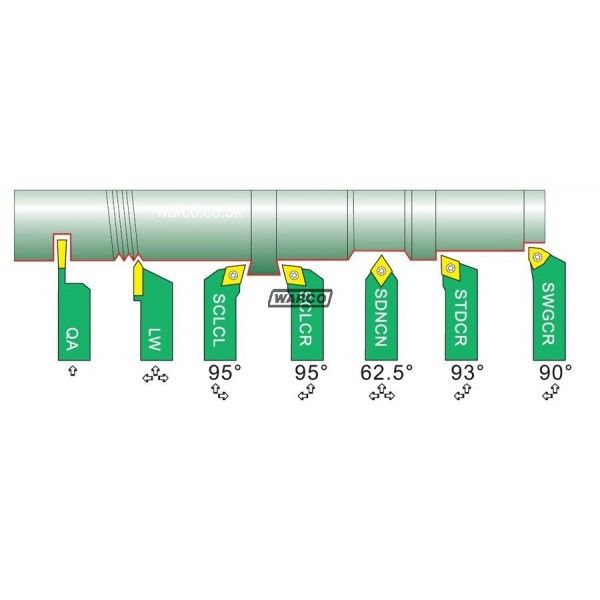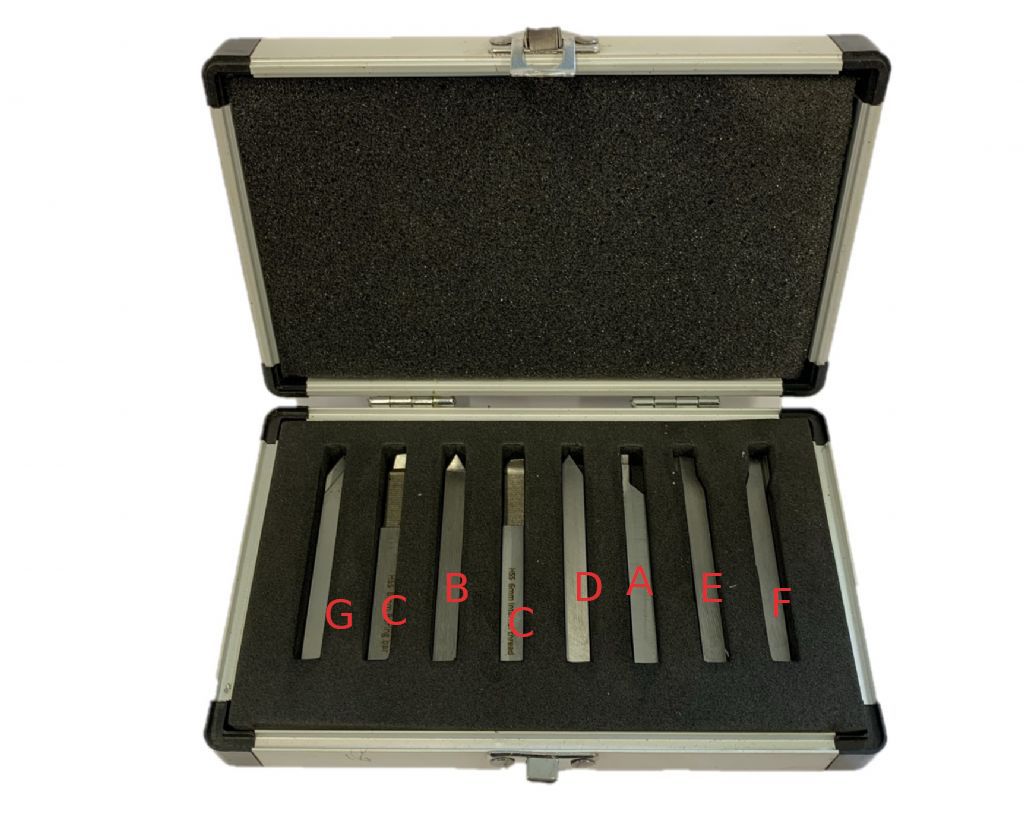As you are very newbie, particularly with a lathe designed at the beginning of carbide tools, you will probably learn most by sticking with HSS.
You will need a bench grinder, but hopefully you will learn about grinding tools at the correct angles.
You have spent money buying a lathe, tooling, and hopefully measuring equipment. Now spend a little more and buy some books which will tell you how to use them properly. It will be be far better than having problems and not knowing why or how they have come about, and how to avoid them.
If you don't help yourself, the rest of us can't do much to help you. You are likely to ask the wrong question, and so get wrong answers to the question that you should be asking.
Before, it has been said, find a local Model Engineering Club and join. What you learn, first hand, from members will save a lot of wasted time and material, rather than blundering on in ignorance and bewilderment..
In response to your numerous posts, you have received good advice, from afar. Hopefully, you have taken the advice and learned from it.Now go and find folk who can give it, and guide you face to face,
You will not become a skilled machinist in a matter of weeks, it takes time and you need a lot of tuition, since you are obviously starting from near zero.
If in doubt, err on the side of smaller reliefs rather than large ones (Which will tend to weaken the cutting edge, and shorten tool life, because of the reduced area to conduct heat away from the cutting ares. )
Carbides were invented or industrial machines, rigid and powerful and depend on runnjing hard and fast so the heat produced softens the work locally..
The tool must be set at centre height if it is to cut properly.
Too low and the clearance angles are excessive.
Too high and the tool is likely to rub rather than cut.
One of your early jobs, which which will be a useful learning exercise, and make a tool that you can use for the rest of the time that you have that machine, is a Centre Height Gauge.
By making tools, you will learn (That is why Apprentices are taught how to make their own simple tools. It is part of their learning process, which will stand them in good stead for the rest of their lives, and equip them with tools that they can use. I still have the Tap Wrench made when in the Toolroom for a few weeks. )
I spent the first year of my Apprenticeship learning basic machining processes, which have been useful throughout my career, although not as a machinist.
Howard
Clive Foster.


 . Most of the different types of tool are simply to be able to get that point where it is needed. For example, left hand and right hand tools will let you cut up to a shoulder on the left or the right (though sources differ as to which is which!). Understanding this will also help you understand how to orient it in the toolholder.
. Most of the different types of tool are simply to be able to get that point where it is needed. For example, left hand and right hand tools will let you cut up to a shoulder on the left or the right (though sources differ as to which is which!). Understanding this will also help you understand how to orient it in the toolholder.

